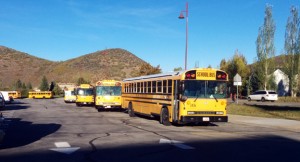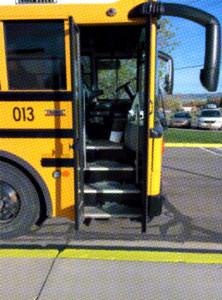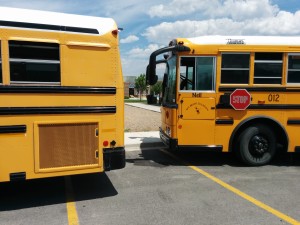I’m a bit of an interloper in the speech and debate tournament tabulations room (tabs room). You see, I’m just the bus driver and the tabs room is for the tournament judges and tournament administrators. It is a sacred room where the student competitors are not allowed on pain of death. Speech and Debate is as serious to speech and debaters as football or basketball is to their respective athletes. Scholarships are on the line, not to mention pride. The judges must be kept separate from the competitors, some of whom would do anything to tip the scales in their favor. Thus, the NO STUDENTS BEYOND THIS POINT sign is very serious.
As a bus driver I don’t really belong in the Tabs room. There is no worry about me trying to tip the scales, but I am taking up space belonging to those hard working judges, all of whom have given up their Friday and Saturday to work long hours as volunteers. Although I got up early to drive the kids to the tournament, I get to sit around all day while the judges run from debate to debate and frantically write up their score sheets in-between. Also, who is to say I won’t eat the complimentary lunch that is brought in for these dedicated judges?
For the most part, they don’t know that there is a bus driver in their midst. With my master’s degree in English and training in critical thinking I could be used as a judge. I keep my mouth shut because I get to spend the day writing homework for classes that I teach and also time to work on my novel. The tabs room is perfect because it is usually in the library where there is wifi and comfortable tables to sit at. I notice other bus drivers sitting out in their buses the entire day. I keep my secret to myself. One bus driver doesn’t rock the boat. Two might sink the opportunity like the Titanic.
My surreptitious situation made me hesitate when I exited the tab room one afternoon heading for the restroom. Standing outside in the rotunda a respectful distance from the Tab Room door was a little gal. She couldn’t have been much more than a sophomore. The look in her eye caught mine–it was one of fear and need. She looked miserable and desperate. It was clear that, unlike me, she was an active participant of this tournament. I, the interloper in the tab room, had no authority over any of her tournament troubles. I very nearly walked on past her, but her eyes . . . they pleaded.
Feeling like I was making a mistake, I stopped. “Do you need help?” I asked.
She grabbed onto my words like a drowning person a passing log. “Yes,” she said, visibly relieved to have someone to talk to. “I went to the room where the schedule said I was supposed to go, but the judge told me I wasn’t on her list. I don’t know where to go.” And so, feeling lost and like the world was ending, she wended her way through the halls until she ended up at the tab room. This was the only place she knew of where she might find help, and yet going inside to find help was expressly prohibited. She had reached a catch 22. She felt that her whole future might be ruined if she didn’t make it to her debate, yet she wasn’t allowed to call for help.
I had passed the tournament director on the way out of the tab room. From what I had seen of her I was of the opinion that she wasn’t going to be executing any competitors that day.
“Just a minute,” I said. I went in and explained to the director the plight of the forlorn girl just outside the door.
“Well, bring her in,” she said, her tone giving full confidence that she could quickly resolve this girl’s problem.
I went to the door and motioned to the girl to come in. Even with the permission from one whom she thought was part of the tournament, she moved hesitantly toward that forbidden room. I smiled as warmly as I could and motioned again. She did enter and the director emotionally scooped her up and got her taken care of. Feeling a very real relief for the young competitor, I felt the need for a relief of another kind and began the trek down that long hallway to the restroom. It occurred to me that I was still an interloper, but not completely useless.
These books by Tory Anderson are now available on Amazon in Kindle and paperback format:

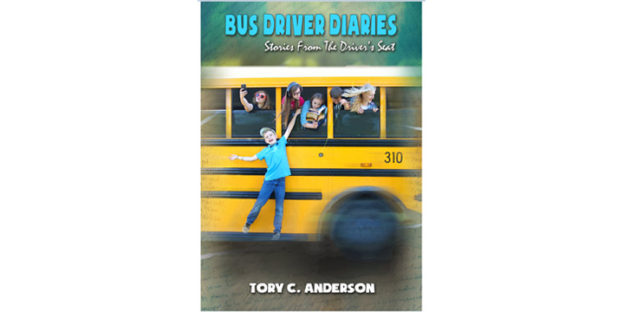
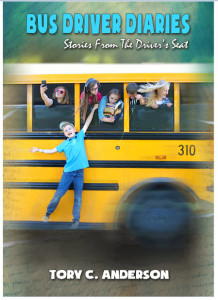
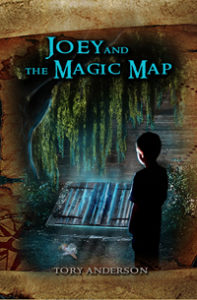


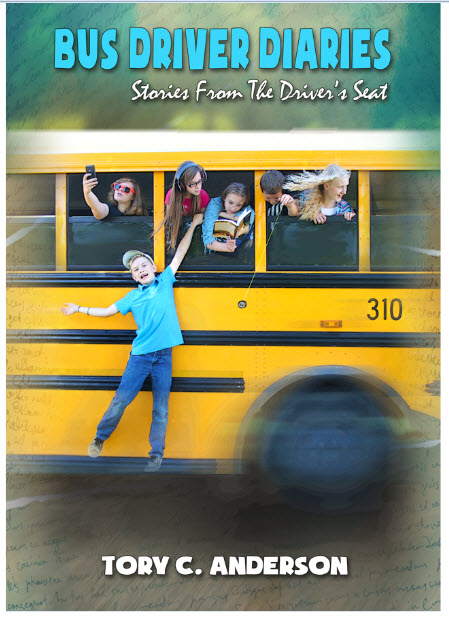
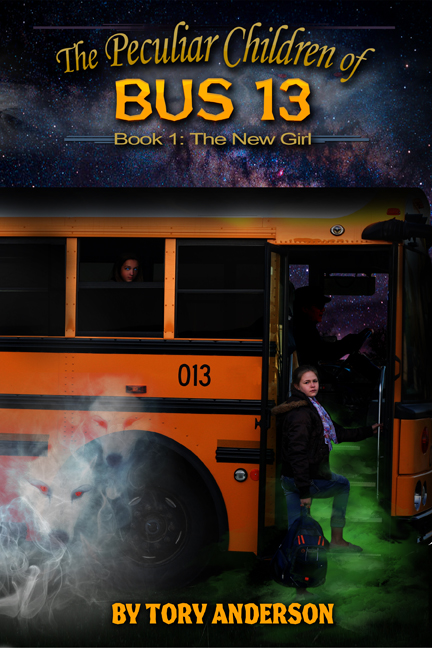
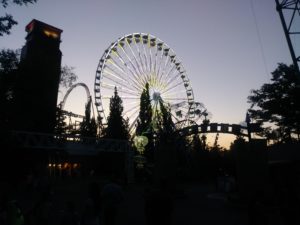 I drove the Juab High School Marching Band to Lagoon last week. Lagoon is an amusement park in Utah. The band wasn’t there to perform; it was there to play. The amusement park was a reward for all the early morning practices and the many long, hot, hot, (did I say ‘hot’ yet?) parades.
I drove the Juab High School Marching Band to Lagoon last week. Lagoon is an amusement park in Utah. The band wasn’t there to perform; it was there to play. The amusement park was a reward for all the early morning practices and the many long, hot, hot, (did I say ‘hot’ yet?) parades.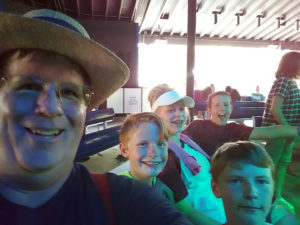 It was in the afternoon that I ran into my son and his friends. Story had yet to find the courage to ride any of the big roller coasters. When he ran into me he said he was ready if I would come along. I was more than happy to be a part of the group. We rode Wicked first. It shoots you straight up. You go over the top and then go straight down. Then it’s on to tips and turns and a few rolls. After conquering that ride he was ready for all the other big rides. He couldn’t be stopped. I rode a few more rides with him until he didn’t need me anymore. I saw him in passing once or twice paired up with a female friend his age. He’s thirteen. I was happy to see him relaxed and having fun with a girl.
It was in the afternoon that I ran into my son and his friends. Story had yet to find the courage to ride any of the big roller coasters. When he ran into me he said he was ready if I would come along. I was more than happy to be a part of the group. We rode Wicked first. It shoots you straight up. You go over the top and then go straight down. Then it’s on to tips and turns and a few rolls. After conquering that ride he was ready for all the other big rides. He couldn’t be stopped. I rode a few more rides with him until he didn’t need me anymore. I saw him in passing once or twice paired up with a female friend his age. He’s thirteen. I was happy to see him relaxed and having fun with a girl. About six years ago I wrote a blog post about the last girl on the bus. That was during my first six months as a bus driver when I was still a substitute. I can still see that girl’s face when she looked up at me from her book and surprised me by still being on the bus when I was checking for sleepers. That girl is gone now. She is married and school bus rides are long behind her. Other girls have taken her place on the bus. One gets off last.
About six years ago I wrote a blog post about the last girl on the bus. That was during my first six months as a bus driver when I was still a substitute. I can still see that girl’s face when she looked up at me from her book and surprised me by still being on the bus when I was checking for sleepers. That girl is gone now. She is married and school bus rides are long behind her. Other girls have taken her place on the bus. One gets off last.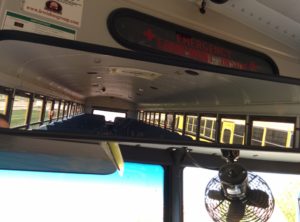 It isn’t until the last eight to ten kids get off way out at the dairy that Liesl suddenly appears. When the last voice says good-bye to me I’ll see her get up out of the middle seats and move up to the seat right behind mine. I’m glad she does this because I often forget she is there. Once I was nearly back to the bus compound before I noticed her.
It isn’t until the last eight to ten kids get off way out at the dairy that Liesl suddenly appears. When the last voice says good-bye to me I’ll see her get up out of the middle seats and move up to the seat right behind mine. I’m glad she does this because I often forget she is there. Once I was nearly back to the bus compound before I noticed her. 